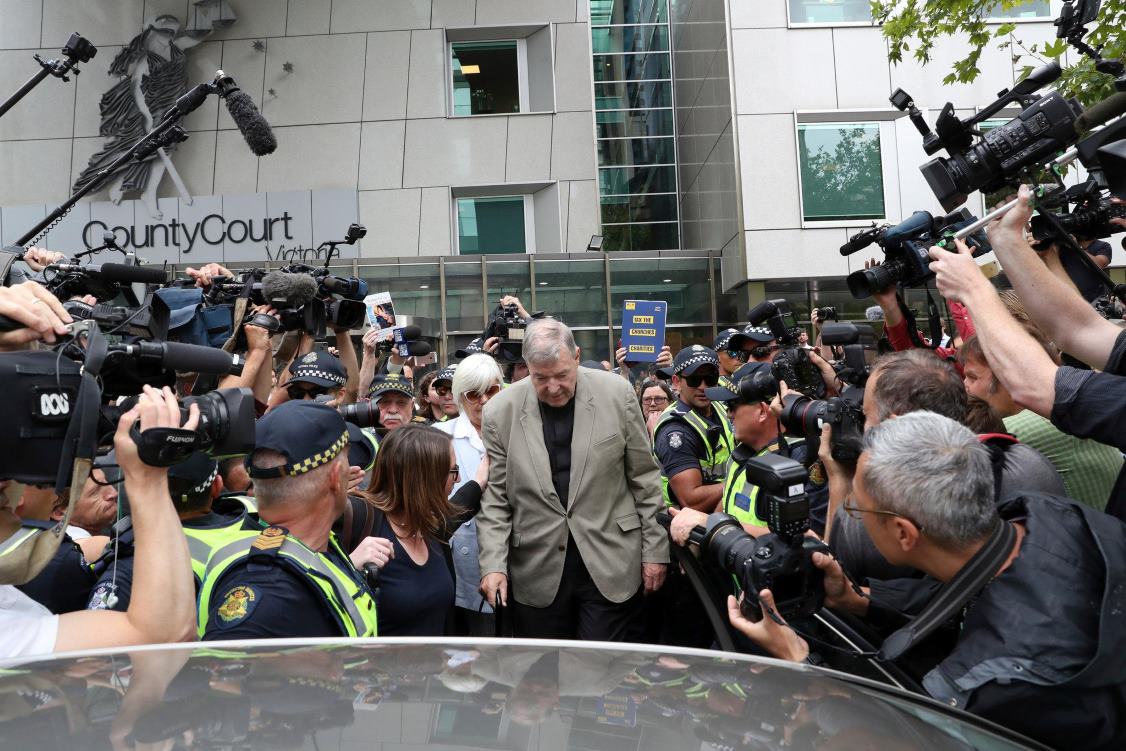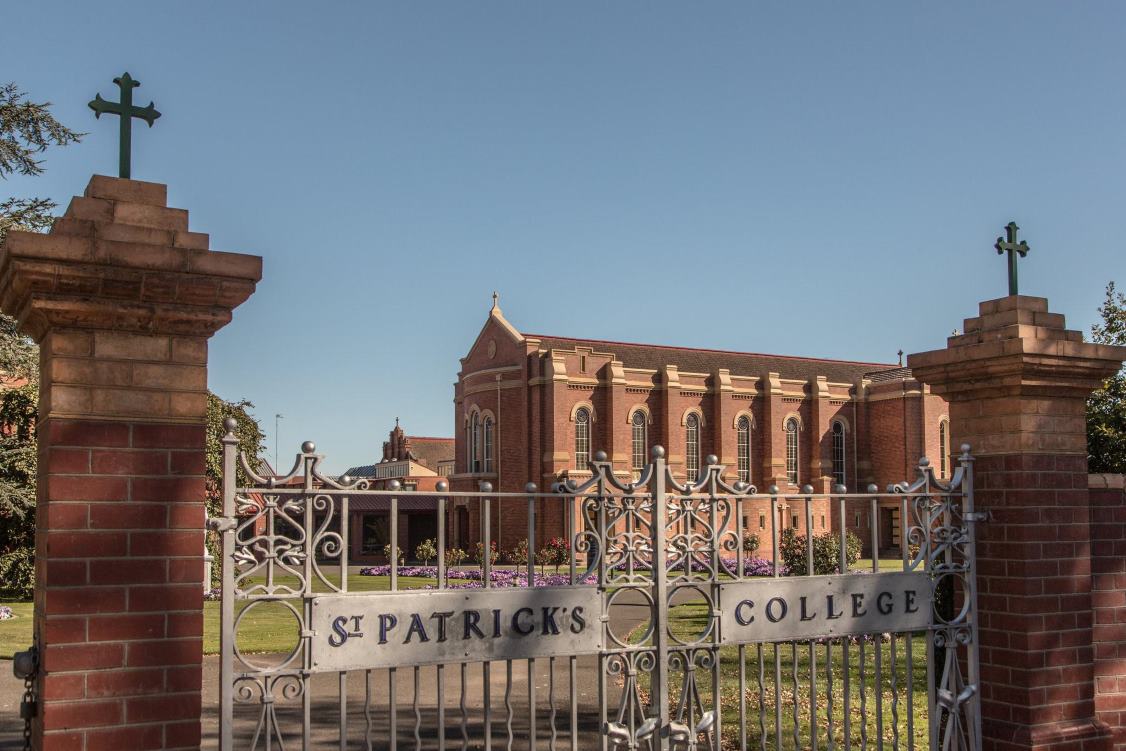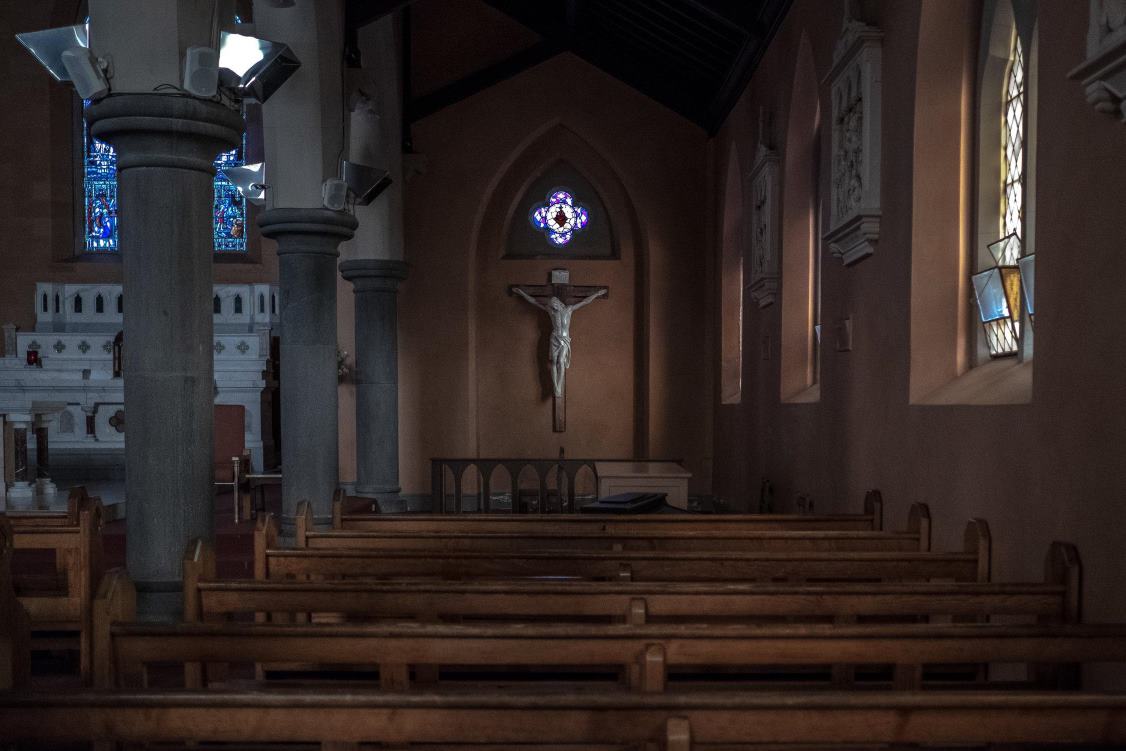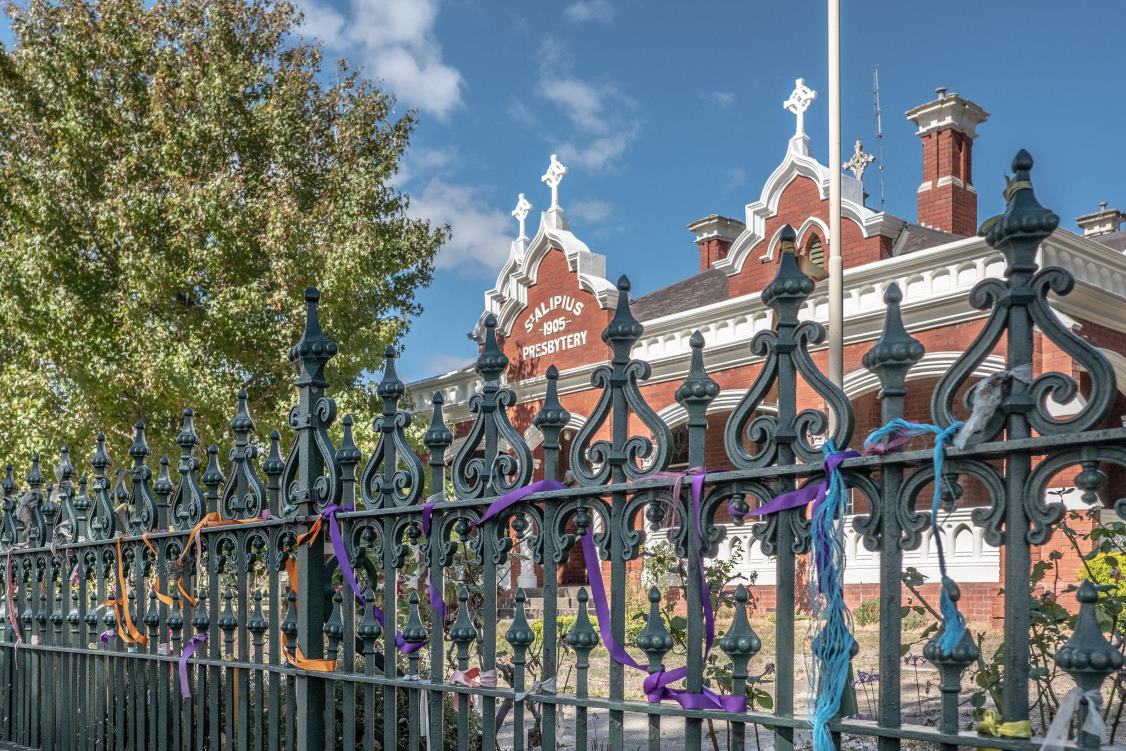|
In Australia, Catholic Church’s Bank Is Full, but Pews Are Empty
By Damien Cave And Livia Albeck-Ripka
Despite a series of sexual abuse scandals stretching back decades, Australia’s Roman Catholic Church displays a veneer of strength. Across Australia, more Catholic parishes have stayed open than in other countries that have weathered abuse scandals, and Catholic schools are still filled with children — owing largely to the financial and legal savvy of Australia’s most prominent cleric, Cardinal George Pell. But it’s not the bank accounts that are empty in the Australian church; it’s the pews. In December, Cardinal Pell was convicted of sexually abusing two choirboys in the 1990s, making him the highest-ranking Catholic clergyman in the world to be found guilty of such a crime. He was sentenced on Wednesday to six years in prison. The case has only hardened distrust and anger among Catholics in Australia, pushing the country’s once robust church further into a precipitous — and perhaps record-setting — decline. “It’s been disastrous,” said Dr. Peter Wilkinson, a former Catholic priest and researcher in Melbourne, where Cardinal Pell served as the archbishop. “I’d say we’ve lost about two, possibly three generations of young people, and now I think the situation is worsening. The older generation is following the young.” Even compared with other countries facing long-running abuse scandals, Australia’s decline in church attendance is remarkable: In the 1950s, 74 percent of Catholics in Australia attended Mass weekly. In 2011, only 12 percent of the country’s 5.3 million Catholics went to Mass periodically (not even weekly), and that is expected to fall again when new data is published this year. The exodus in Australia is a far more dramatic defection than in the United States, where 39 percent of Catholics say they attend church at least once a week, according to a Gallup poll last year, or Ireland, where weekly attendance has fallen to 44 percent. And it is happening in a country where Catholic schools are still an institutional force. They educate roughly one in five Australian children and receive nearly 80 percent of their financing from the government — the legacy of a crisis in the 1960s, when the Labor Party agreed to rescue Catholic schools from debt and deterioration. The result is an unusual dichotomy. Australia’s Catholic Church is financially stronger than its counterparts in many countries. It is also more spiritually abandoned. And Cardinal Pell, 77, a domineering figure who was until recently the Vatican’s chief financial officer, shaped both trends in ways that many Australians are now questioning. [Sign up for the Australia Letter to get news, conversation starters and local recommendations in your inbox each week.] As archbishop of Melbourne in October 1996 — two months, it turns out, before the incidents that led to his recent conviction — Cardinal Pell set up what would become a firewall for the church’s finances and reputation. He called it “The Melbourne Response.” On paper, it was an alternative resolution process for abuse survivors. Cardinal Pell said it aimed to “make it easier for victims to achieve justice” outside the courts. But it capped payments, initially at 50,000 Australian dollars, or $35,000, and usually forced victims to keep their traumas confidential. Cardinal Pell brought a similar approach to Sydney, where he served as archbishop from 2001 to 2014. He fought hard to discourage victims from going to court, even as he could often be heard condemning homosexuality and raising money for conservative causes and politicians, like the former prime ministers Tony Abbott and John Howard. Both men expressed support for Cardinal Pell after news of his conviction became public. Most notably, he led an aggressive defense against a former altar boy, John Ellis, who said he had been raped and abused as a child by a priest in Sydney, the Rev. Aidan Duggan. Father Duggan died in 2004 before the allegations from Mr. Ellis and several others surfaced. Mr. Ellis argued that the church’s main resolution process had failed him but that when he sued and then tried to settle, Cardinal Pell refused. In 2007, Mr. Ellis lost; an appeals court ruled that the Catholic Church in Australia could not be sued because it did not exist as a formal legal entity. “They’d already agreed that Ellis had been abused over a long period by a priest,” said Dr. Wilkinson, president of Catholics for Renewal, a lay reform group. “Pell used that case to make sure that anybody who thought of challenging a payout in the civil courts would go through hell.” His combative approach — a “covert war on victims,” as Mr. Ellis described it in a recent editorial — did its job, at least financially. The “Ellis defense” was invoked repeatedly to deter civil suits; internal church documents from 2015 showed that the Melbourne Response saved the church as much as 62 million Australian dollars, or $44 million. A royal commission has unearthed horrific patterns of abuse — 4,444 people brought incidents of child sexual abuse to 93 Catholic Church authorities from January 1980 to February 2015. And yet, in large part because of Cardinal Pell, Australia’s Catholic Church has experienced a much smaller percentage of church and school closings than the United States, despite a plunge in Mass attendance. At a recent morning Mass at St. Patrick’s Catholic Church in Sydney’s eastern suburbs, there were just a dozen parishioners, mostly older women. In Melbourne, at the cathedral where Cardinal Pell’s abuse occurred, it is common to see just a fraction of the sanctuary filled, an issue at churches throughout Australia. This is despite an influx of Catholic immigrants from non-English-speaking countries, who now make up 19 percent of the country’s Catholic population. Those who attend Mass express deep sadness. “The abuse tragedy is shocking,” Julian Reeves said after a recent morning Mass at Melbourne’s cathedral. But, he added, “losing your faith is not a logical response to something like this, even though it might shake your faith in individuals.” In Ballarat, a former Gold Rush city of 100,000 where churches compete for attention with pubs, the divisions are even more severe. Some Catholics who found Cardinal Pell charismatic and inspiring have a hard time believing he did things like force his penis into a choirboy’s mouth — the most serious of the several charges that sent him to prison for six years. For others in Ballarat, the horrors are real and reconciliation feels as distant as heaven. This was the home, after all, of not just Cardinal Pell but also Australia’s most notorious serial abuser — Gerald Ridsdale, the former chaplain of St. Alipius Primary School in Ballarat, who was first convicted in 1993 and has admitted to sexually abusing 65 children from the early 1960s to the late 1980s. “The impact on people is profound,” said the Rev. Justin Driscoll, a priest at St. Patrick’s Cathedral, the city’s most prominent Catholic church. “For people here in Ballarat, it’s been difficult to admit to being Catholic.” Cardinal Pell never lost touch with the place. He has returned often. The high school where he was a star athlete, St. Patrick’s College, named a building after him. Last month, the school’s headmaster said the name would be changed. Many of the country’s Catholic schools have been proactively addressing the Pell case and abuse issues, winning over critics like Maureen Hatcher, a victims’ advocate in Ballarat who no longer considers herself Catholic but still sends her son to a Catholic school. In emails sent to parents over the past few weeks, many Catholic school leaders across Australia have gone out of their way to express support for victims and respect for the jury’s verdict. Still, Catholic school enrollment has declined by 1,315 students over the past two years, with enrollment falling to 765,735 in 2018 even as student enrollment increased by 200,000 since 2014 to nearly 3.9 million over all. “For a lot of people, George Pell is the Catholic Church in Australia,” said Andrew Collins, a victim of childhood sexual abuse in Ballarat whose family was close to Cardinal Pell for years. Among victims, expectations for a lengthy sentence were low. “They are accustomed,” Mr. Collins said, “to the church and the power of the church overriding what’s good and correct and right.”
|
.
Any original material on these pages is copyright © BishopAccountability.org 2004. Reproduce freely with attribution.



